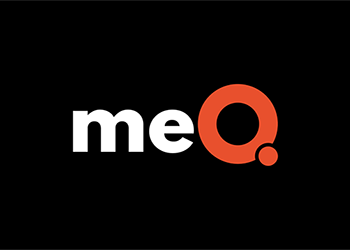By Bravetta Hassell
This post originally appeared on Chief Learning Officer
They should. The recent United Airlines incident is a serious reminder of why it’s important to foster a resilient and empathetic workplace.
United Airlines, scandal, passenger, resilience, leadership, employee empowermentIf the United Airlines’ brand wasn’t wholly damaged in early April, it was inarguably sullied once video footage of security dragging a passenger from a flight went viral on social media.
United CEO Oscar Munoz issued a mix of statements and apologies that drew criticism both internally and externally. On the one hand, United employees were following protocol when they summoned law enforcement to remove 69-year-old physician David Dao from an overbooked flight to Kentucky. On the other, Dao’s forcible removal to accommodate United staff drew into question the company’s commitment to its customers. The company has since announced staff will no longer take seats from boarded passengers, among other policy changes.
Talent management software company meQuilibrium CEO Jan Bruce said there were many indicators that there were culture issues at the Chicago-based airline. “The thing that glaringly struck me was how United must be run by rules, and clearly the rules trump success,” Bruce said. “We start in business with rules that help us be successful, but when the rules are placed and foremost in front of the need to win with our customers, then ironically, we fail.”
In United’s case, its stock lost some $800 million in total value the day after images of Dao’s bloodied face were circulated around the web. Bruce said there are several ways learning leaders can help their companies prevent the type of brand-compromising situation that unfolded at United. For instance, it’s important to empower employees and strengthen their ability to be empathetic. Those things don’t spring to life on their own in an organization, they’re driven by top leadership and the culture they promote.
In an empowering culture, employees feel able to make good decisions on their own, and they’re supported in doing so. “Essentially, we need to give people the confidence to solve the problem by showing them that we believe they are capable of doing it. That’s empowering people,” Bruce explained.
More Intuitive co-founder Bruce Kasanoff offered 10 tips to empower workers in a March 2016 Forbes article. Among the suggestions, learning leaders can train managers how to demonstrate their belief in employees by giving them generous boundaries, forgiving mistakes and setting their own ego aside. For instance, let people draw their own map to creating pleasurable customer experiences, suggested employee engagement author and speaker Eric Chester in a separate piece.
Similarly, managers should also be trained to let employees take some ownership in problem-solving. Instead of launching in to fix a worker’s problem, leaders should ask probing questions to help employees arrive at the best solution on their own.
While United staff did not personally drag Dao off the plane on April 9, Bruce said there were rules in place that set subsequent events in motion. The fact that United workers were simply following protocol when calling in Chicago Aviation Security Officers for support doesn’t reduce the company’s culpability in the outcome.
“They were following the rules without any regard for the quality of the service for the impact on the customers, the bystanders,” Bruce said. “And the result was yeah, they followed the rules, but at a tremendous loss to the company.”
The idea of imposing rules and not thinking about how they impact other people is old-school, she said. It’s also not effective. “I wonder who was thinking about the impact of the person dragged off of the plane? Who thought of that? Yes, there was an algorithm that identified that seat, but whose job was it to empathize and relate to that passenger?”
Strengthening emotional intelligence among employees goes beyond pat empathy statements someone might say when a negative event strikes, wrote Sheri Kendall-duPont and Mikey Corral Jr. in “A Threefold Approach to Empathy Training.” A better strategy could include training employees on deep listening, or popular author and speaker Brené Brown’s four attributes of empathy that include resilience and practicing a willingness to take the customer’s perspective.
Learning leaders can create development activities where employees and leaders practice observing people’s reactions to different situations, and then step into their shoes to better understand how they might feel. “If I say to you even something like ‘You can’t take your lunch break today.’ Think for a minute about the impact on that other person. What are they feeling? How can I relate to that?” Bruce said.
Showing empathy can go a long way to motivate people to go beyond merely executing rules and being right because they are rules to being effective, she said. “You want to be effective, not right.”
And business executives like Munoz must aim for this too to foster a resilient and empathetic workplace culture. “As leaders, we can get isolated from how people are reacting to things,” she explained. “It’s our jobs to really drill down and make sure we have an understanding.”
